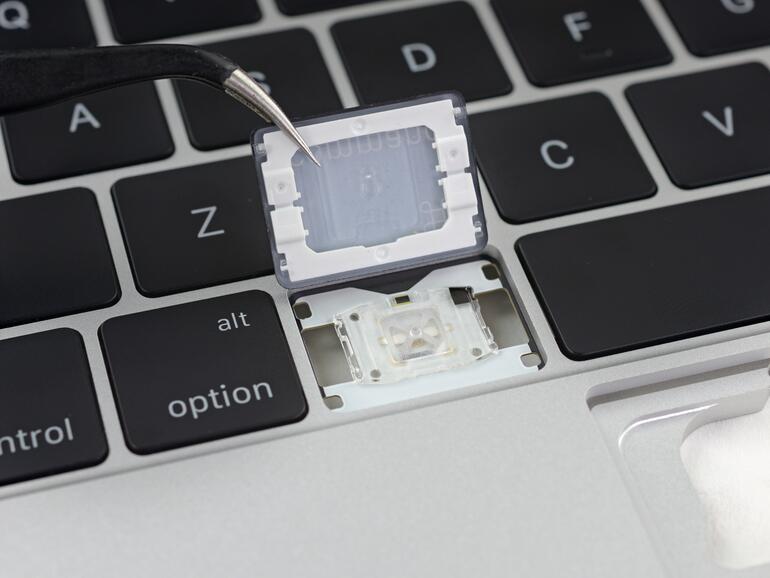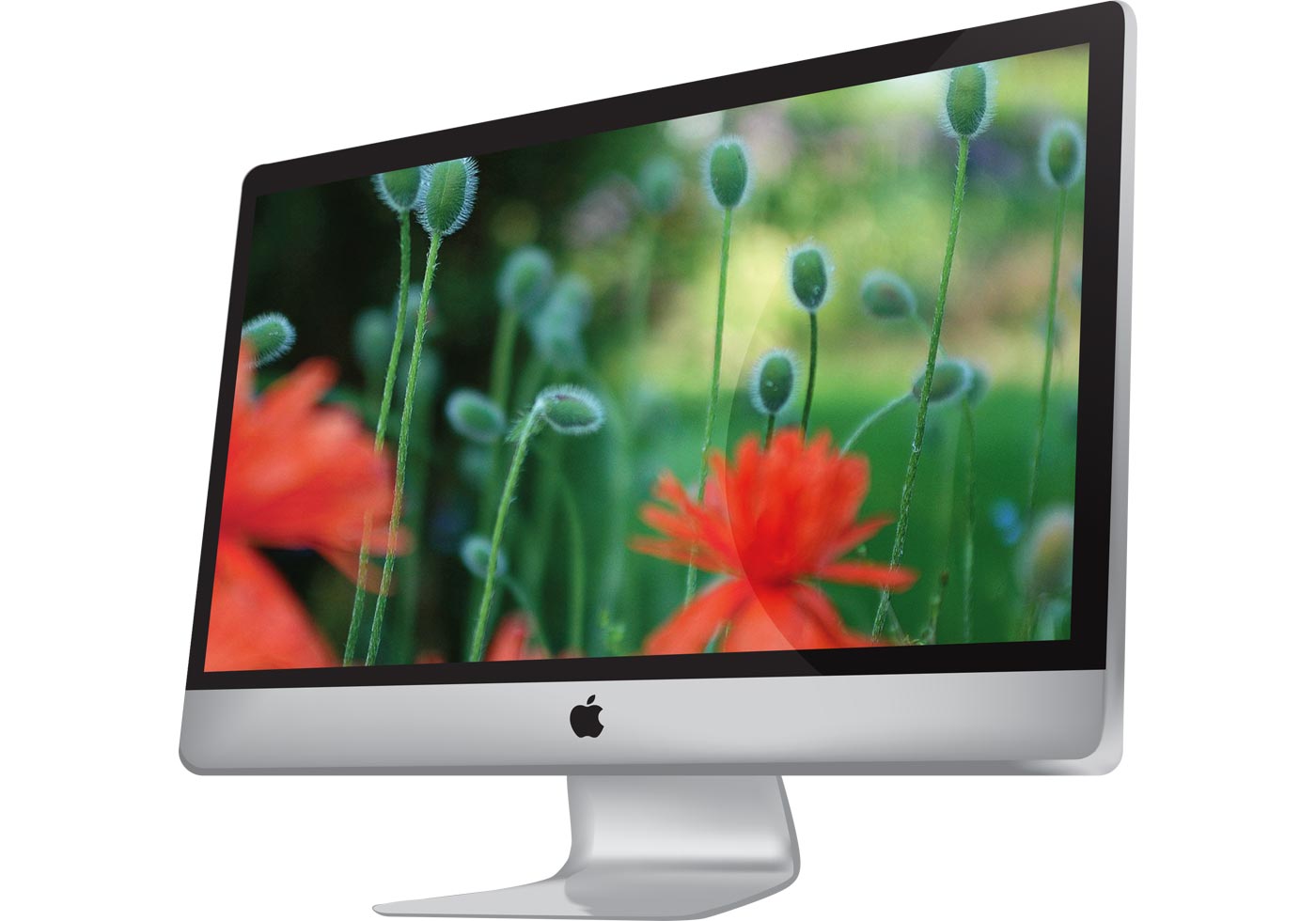- In 2015, Apple unveiled a new keyboard design now called the 'butterfly keyboard.' The design was thinner than competing keyboards, enabling Apple to make progressively thinner laptops.
- Apple tries again with MacBook Pro keyboard design Apple is back with a fourth redesign of the keyboard in the newly announced MacBook Pros, and it will include free keyboard repairs should.
| Apple Extended Keyboard | |
|---|---|
| Model no. | M3501 |
| Manufacturer | Apple Computer |
| Product family | Apple Keyboard |
| Keyswitches | Alps Electric |
| Interface | Apple Desktop Bus |
| Introduced | March 2, 1987 (original) October 15, 1990 (Extended Keyboard II) |
| Discontinued | October 15, 1990 (original) March 14, 1994 (Extended Keyboard II) |
| Price | US$163 |

AppleDesign - keyboard - white overview and full product specs on CNET. All the best products. 1 x keyboard - Apple ADB - 4 pin mini-DIN.
The Apple Extended Keyboard (AEK, model M0115) is a keyboard that was first sold separately alongside the Macintosh II and SE starting in 1987. It was replaced in 1990 by the Apple Extended Keyboard II (AEKII, model M3501) which was pre-packaged with Apple Professional Desktops starting with the Macintosh IIsi.
Both versions were very similar, differing primarily with the addition of adjustable height legs in the AEKII and other minor changes. Both used Apple Desktop Bus (ADB) to connect to the host computer, with ports on either side to allow daisy chaining of another input device, typically a computer mouse or trackball.
The move to USB connections starting with the original iMac led to the introduction of new keyboard designs using rubber dome switches rather than Alps Electric switches. This, in turn, has led to a market for 3rd party keyboards that replicate some of the AEK feel, with Matias' line of Tactile Pro and Quiet Pro keyboards perhaps being the most notable.
Unique features[edit]
Among the features that make this keyboard unique are:
- A separate power key using a different key cap.
- Caps Lock Key that physically locks down when activated, considered to be better for touch typists.
- Alps Electric Co. brand mechanical key switches, credited for their good sound and feel.
- Large spacing between keys, especially the top function keys and others.
- The width of the keyboard matches the width of the Macintosh II.
- The height allows it to fit under the 'chin' of the Macintosh SE.
- Two small cylinders project vertically from the top of the keyboard on either side of the function keys. These were used to hold templates with application-specific key guides.
Design[edit]

AppleDesign - keyboard - white overview and full product specs on CNET. All the best products. 1 x keyboard - Apple ADB - 4 pin mini-DIN.
The Apple Extended Keyboard (AEK, model M0115) is a keyboard that was first sold separately alongside the Macintosh II and SE starting in 1987. It was replaced in 1990 by the Apple Extended Keyboard II (AEKII, model M3501) which was pre-packaged with Apple Professional Desktops starting with the Macintosh IIsi.
Both versions were very similar, differing primarily with the addition of adjustable height legs in the AEKII and other minor changes. Both used Apple Desktop Bus (ADB) to connect to the host computer, with ports on either side to allow daisy chaining of another input device, typically a computer mouse or trackball.
The move to USB connections starting with the original iMac led to the introduction of new keyboard designs using rubber dome switches rather than Alps Electric switches. This, in turn, has led to a market for 3rd party keyboards that replicate some of the AEK feel, with Matias' line of Tactile Pro and Quiet Pro keyboards perhaps being the most notable.
Unique features[edit]
Among the features that make this keyboard unique are:
- A separate power key using a different key cap.
- Caps Lock Key that physically locks down when activated, considered to be better for touch typists.
- Alps Electric Co. brand mechanical key switches, credited for their good sound and feel.
- Large spacing between keys, especially the top function keys and others.
- The width of the keyboard matches the width of the Macintosh II.
- The height allows it to fit under the 'chin' of the Macintosh SE.
- Two small cylinders project vertically from the top of the keyboard on either side of the function keys. These were used to hold templates with application-specific key guides.
Design[edit]
The original Apple Extended Keyboard's case was sloped upward towards the rear so that when viewed from the side it formed a continuous convex curve. What is in the system storage on macbook. The case extended downward to sit on the desk, so it provided considerable internal volume. The case also had a significant amount of empty space at the rear, behind the top row of keys. This made for a relatively large and heavy case. The plastic of the case shell below the keyboard section on top was serrated, a common detail found on many Apple products of the era.
Icon creator 1 0 – icns and iconset composer. Unlike previous Macintosh keyboards, the key layout was very similar to the IBM PC AT's keyboard, in order to improve usability of MS-DOS programs (run via emulation or coprocessor board).
The II used an updated design that looked like a backward S when viewed from the side, starting relatively flat to the surface, sloping upward through the section where the keys were situated, and then flattening out again at the back where the function keys were placed. The case did not extend down under the keyboard as much, instead, it was raised off the desk by an adjustable foot at the back. This design was lighter than the original at 3.75 pounds (1.70 kg) but otherwise similar in size.
The design patent for the Extended Keyboard II (D335,228) was filed on November 15, 1990.
Reformat thumb drive mac. In 1988 Apple Ireland commissioned Design ID, an industrial design consultancy based in Limerick, to assist with the development of the Extended Keyboard II. Original concepts were by Bryan Leech and Peter Sheehan. For the final proposal quieter key mechanisms were sourced, tested and specified, an adjustable foot was incorporated in the base and the keys were positioned to conform to European ergonomic standards. The ‘S curve profile' matched the curving terraced key layout and was central to delivering the ergonomic improvements - aesthetics and function in a simple visual gesture.
The first working prototype of the Extended Keyboard II was produced at Design ID by Richard Howe, Donal Ryan and John Fitzgerald.
Steven Peart (frogdesign) was responsible for supplementary industrial design work and DFMA (Design for Manufacture and Assembly). Dexter Francis (Apple Peripheral Products Group) was the Apple in-house project lead/product designer.
See also[edit]
References[edit]
External links[edit]
Apple Design Keyboard Shortcuts
Apple Design Keyboard Layout
AppleDesign Keyboard was the first seriously redesigned Apple keyboard. The keyboard design refers to the new style of Apple products – it has smoother curved lines and outlines, but the new significantly quieter key interface did not ensure its success. In addition, this model only contained one ADB mouse port hidden on the bottom of the case, and the cable was permanently attached. For this reason, in 1994, Extended Keyboard II definitely won. This model had an ADB port on both sides, which allowed the mouse to be connected to the user's preferred site.
AppleDesign Keyboard came in two colors, black, and platinum, to suit computers such as the Macintosh TV, Macintosh Performa 5420 or Power Macintosh 5500.
AppleDesign Keyboard – General information
Overview*Dimension front-rear
System Requirements- Macintosh with ADB port
Source: Wikipedia, Apple Rescue of Denver, Apple Viscosity 1 5 8 download free.
